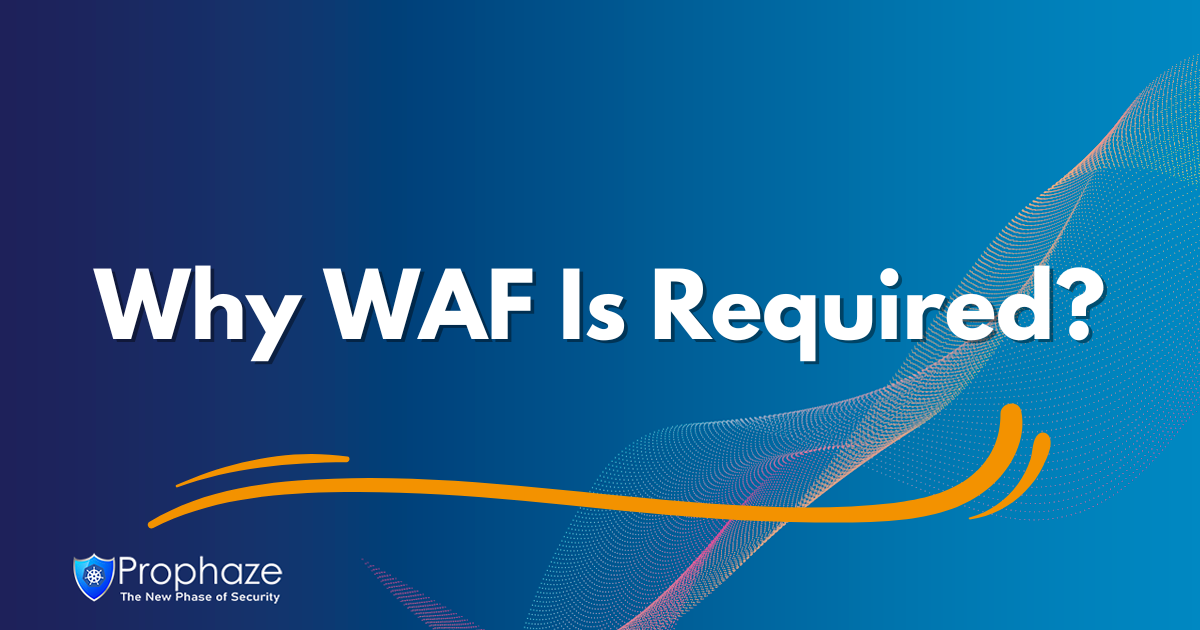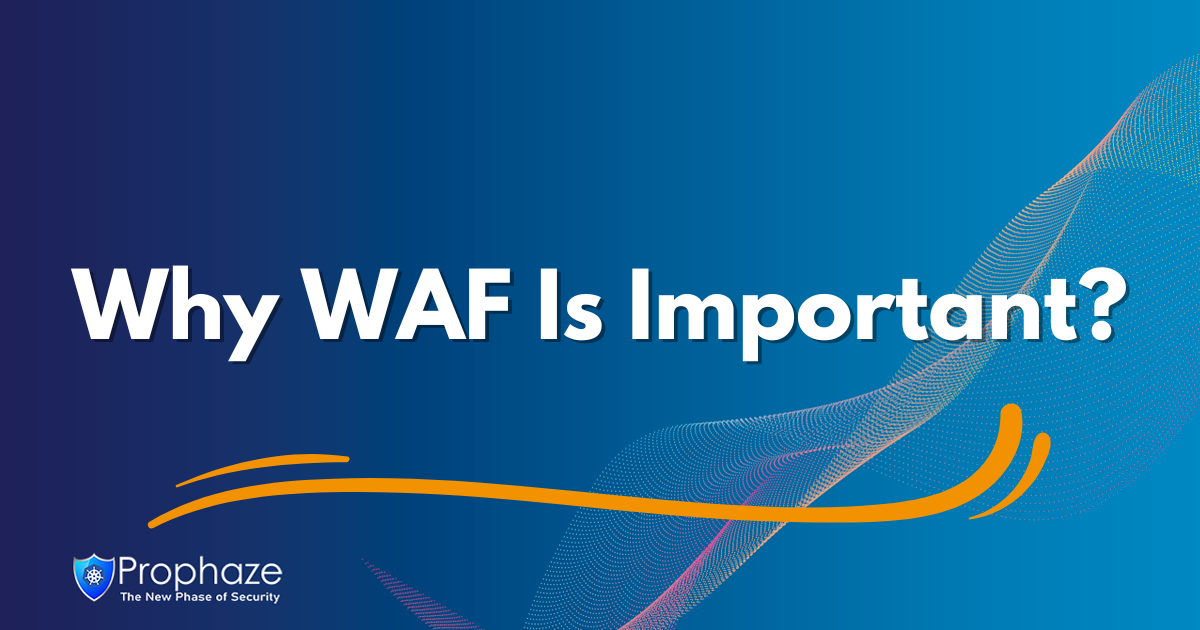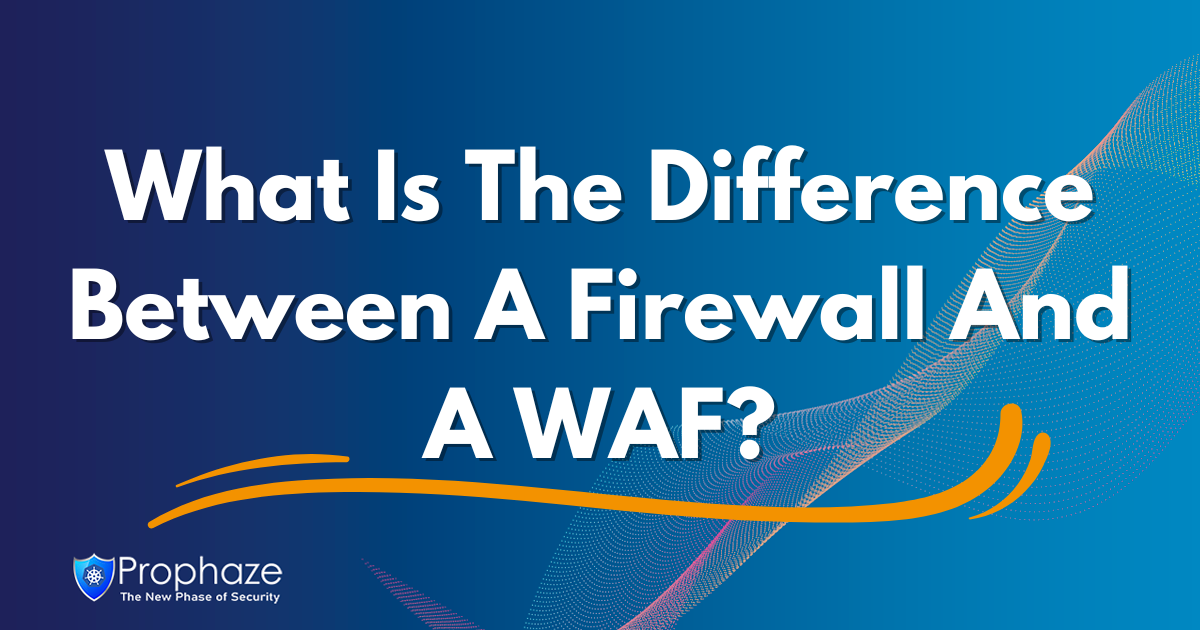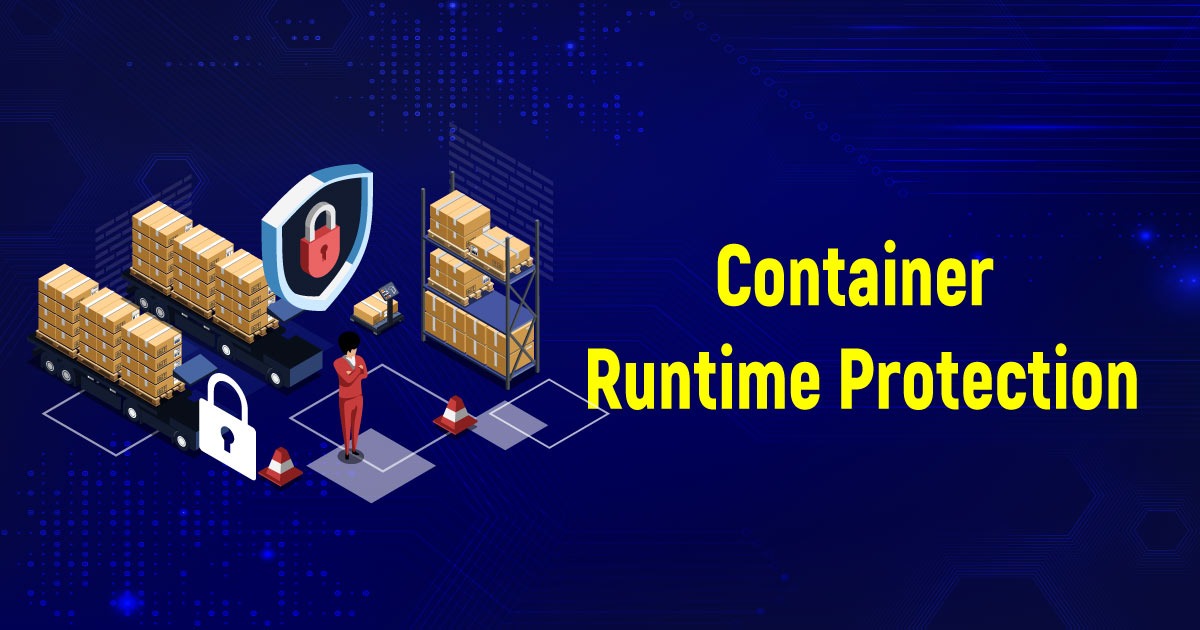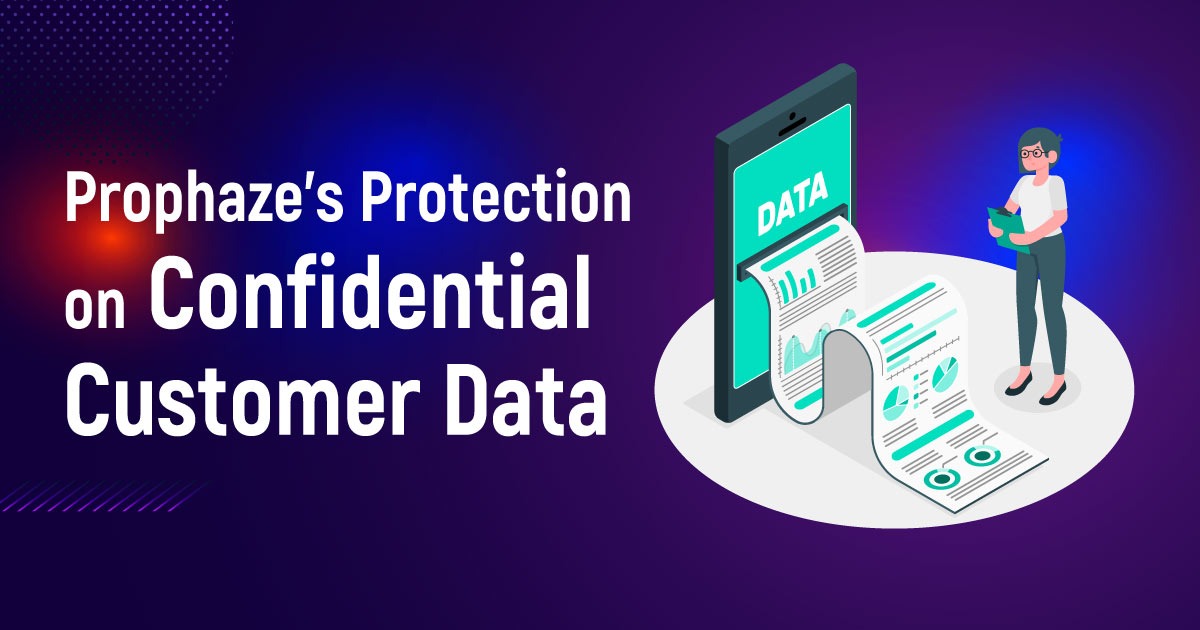How Does A WAF Work?
Discover the inner workings of web application firewalls and their vital role in enhancing cybersecurity to prevent common attacks.
- Prasad G
- May 26, 2023
- 4:33 pm
- Community
Enhancing Cybersecurity with Demystifying Web Application Firewalls
Individuals and businesses depend heavily on web applications to carry out day-to-day tasks in the interconnected world, and their reliance on web-based programs puts them at risk for online dangers. Organizations can effectively mitigate the risks listed and improve cybersecurity by maintaining a robust defense mechanism like a Web Application Firewall (WAF). Discover the intricacies of WAFs, which protect web applications from malicious attacks, by exploring their working dynamics in detail through this enlightening blog post.
Understanding the Web Application Firewall (WAF)
Explicitly designed for safeguarding web apps from malicious cyber attacks via filtering inbound and outbound data streams, a Web Application Firewall (WAF) establishes protective layers around inbound and outbound communication channels. A WAF provides better control over threats to web applications. Since it monitors at the application level instead of just checking network traffic like conventional firewalls.
Protection Against Common Web Application Attacks
Malicious activities like cross-site scripting (XSS), SQL injection, and distributed denial-of-service (DDoS) attacks frequently target web applications. To recognize and stop these kinds of attacks, WAFs employ a variety of techniques, including.
Signature-based detection:
WAFs maintain an extensive database of known attack patterns and signatures. By comparing requests within data in this database, a WAF can identify and prohibit any potentially harmful activity.
Behavioral Analysis:
The examination of incoming requests and their related responses is how WAFs find unusual activity and strange request patterns in their sudden influxes of requests. This leads to creating alerts that result in suspicious traffic being blocked.
Input Validation and Sanitization:
Eliminating unfriendly codes and symbols, which can open up a pathway for attacks, ensures the input data remains secure, such as form data and URL parameters, to ensure they conform to expected formats.
Session Protection:
WAFs prevent various attacks, including those aimed at sessions, to maintain secure session management. To stop malicious attempts at gaining unauthorized access, monitor the activity of sessions. Confirming the legitimacy of their tokens is also involved.
Application-Specific Rules and Policies:
By using WAFs helps to establish individualized rules and policies based on the unique necessities of their web applications.
Whitelisting and Blacklisting:
Administrators can use whitelist/blacklist rules based on things like trusted IP addresses & user agents when it comes to restricting access. For instance, they can block any IPs showing suspicious behavior or belonging to acknowledged malicious sources via blacklisting each mechanism.
Rate Limiting:
WAFs can restrict the number of requests allowed from a particular IP address or user within a set amount of time. Prevention of exploitation in a web application is crucial to mitigating DDoS attacks.
Content Filtering:
WAFs utilize their ability to examine the content of incoming requests and responses by scanning for specific keywords or patterns to filter data that can help prevent the transfer of confidential details such as credit card numbers and personally identifiable information (PII) by organizations.
SSL/TLS Offloading and Inspection:
Encryption protocols such as SSL/TSL are frequently employed in Web Applications to maintain end-to-end safety. However, this encryption can make it difficult for traditional security solutions to see network activity. The answer to this challenge is provided through SSL/TLS outsourcing, during which WAFs perform decryption on incoming requests and encryption on outgoing responses. To ensure the successful implementation of security measures, WAF must scrutinize traffic content.
Conclusion
Web applications face numerous cyber threats, and protecting them from such risks requires the inclusion of web application firewalls (WAFs) as an essential element of an overall cybersecurity strategy. WAFs help safeguard organizational security by utilizing various methods, such as analyzing traffic at the application layer alongside behavioral analysis and input verification to determine possible risks.


